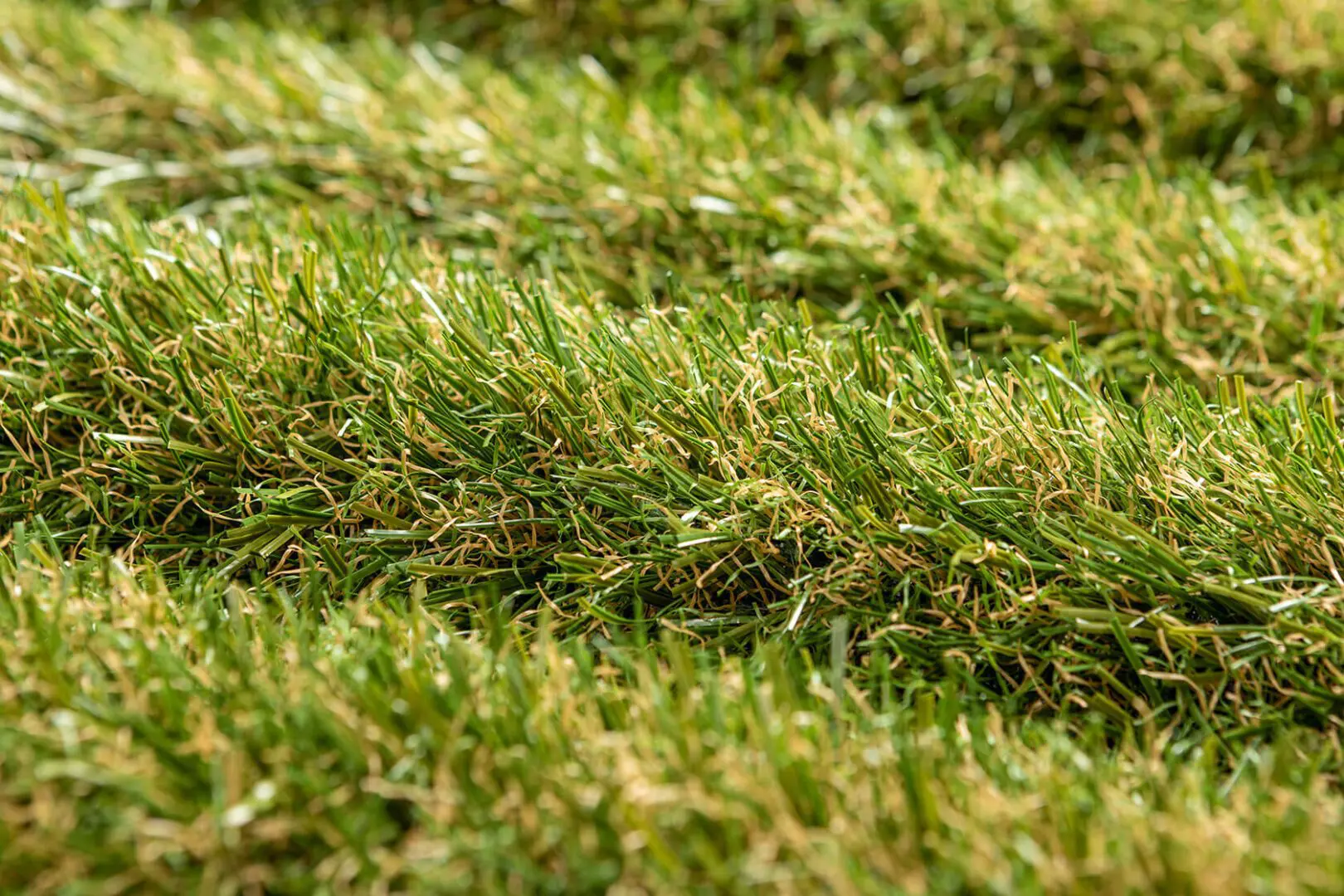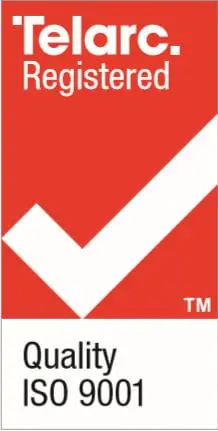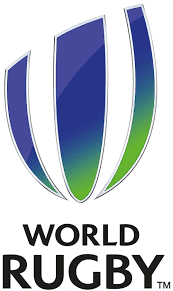Artificial Turf vs Natural Grass: Which One is Right for You?
Whether you’re planning a backyard renovation, sports field upgrade, or school play area, choosing the right surface is a big decision. One of the most common comparisons? Artificial turf vs natural grass.
Both have their advantages—and both come with a few trade-offs. To help you make the best choice for your space, here’s an in-depth breakdown of how they stack up in performance, cost, maintenance, appearance, and environmental impact.
1. Appearance and Feel
Natural Grass
- Offers a natural, soft feel underfoot
- Changes with the seasons—lush and green in spring, but may brown off in dry or cold periods
- Requires consistent care to stay looking its best
Artificial Turf
- Always looks green and freshly trimmed, no matter the season
- High-quality turf (like TigerTurf’s) mimics the look and texture of real grass remarkably well
- Doesn’t change colour or texture due to weather
Verdict: If you want a picture-perfect lawn year-round with no bald spots, artificial turf has the edge.
2. Maintenance
Natural Grass
- Requires regular mowing, watering, fertilising, and weeding
- Can suffer from pest infestations, fungal issues, or worn patches
- Needs re-seeding or turf replacement in high-use areas
Artificial Turf
- Virtually no mowing or fertilising
- Occasional brushing and rinsing to remove debris or pet waste
- No weeding (if properly installed with a weed barrier)
Verdict: Artificial turf is far easier and cheaper to maintain over time—especially for busy households, schools, or large facilities.
3. Cost Over Time
Natural Grass
- Lower initial cost, but ongoing expenses add up: watering, mowing, fertiliser, and repairs
- Higher water bills in summer
- More labour if maintained by a professional service
Artificial Turf
- Higher upfront installation cost
- Very low ongoing maintenance costs
- No water bills, fertiliser, or mowing equipment required
Verdict: While natural grass is cheaper to install, artificial turf wins long-term when you factor in maintenance and upkeep.
4. Durability and Usage
Natural Grass
- Can wear down quickly in high-traffic areas (e.g. sports fields, school yards)
- Becomes muddy or unusable after rain
- Needs downtime to recover from heavy use
Artificial Turf
- Designed for high wear and tear
- Drains quickly—ready to use right after rain
- Stands up to repeated foot traffic, play, or sports
Verdict: Artificial turf is the clear winner for high-use spaces where durability and all-weather play are essential.
5. Environmental Impact
Natural Grass
- Provides natural cooling and absorbs CO₂
- Requires large amounts of water, especially in dry regions
- Often relies on chemicals (fertilisers, herbicides) that can impact local ecosystems
Artificial Turf
- Requires no watering or chemicals
- Doesn’t absorb CO₂ but reduces fuel and emissions from mowing
- Many modern turf systems use recyclable or recycled materials, and some can be reused at end of life
Verdict: It’s a close call—natural grass has eco-benefits, but artificial turf helps conserve water and reduces chemical use. Look for sustainable turf options like those from TigerTurf.
6. Suitability for Different Use Cases
Residential Lawns
- Want a tidy, low-fuss lawn that looks good all year? Artificial turf is ideal.
- Prefer the feel and smell of real grass and enjoy gardening? Stick with natural.
Schools and Childcare Centres
Sports Fields
- Natural grass works for low-frequency or high-end fields with dedicated groundskeepers.
- For all-weather, multi-use fields with high traffic, synthetic sports turf is the smarter, more durable choice.
Pet Areas
- Artificial turf offers a mud-free, dig-resistant, and easy-to-clean solution for dog owners.
- Just ensure it’s installed with proper drainage and safe, non-toxic materials.
7. Weather Performance
Natural Grass
- Can become patchy or brown in drought
- May be too wet and muddy to use during or after heavy rain
Artificial Turf
- UV-stabilised to prevent fading
- Drains well and remains usable during/after rain
- May get warm under direct summer sun—but many turf types (like TigerTurf’s) offer heat-reflective options or cooling infills
Verdict: Synthetic turf is more weather-resilient and performs consistently throughout the year.
So, Which One’s Right for You?
Here’s a simple way to decide:
Choose Artificial Turf If You:
- Want a low-maintenance, all-season lawn
- Need a durable surface for sports, pets, or high traffic
- Prefer a tidy look with minimal effort
- Want to save water and reduce upkeep costs
Stick with Natural Grass If You:
- Enjoy gardening and lawn care
- Prefer the feel and scent of live grass
- Don’t mind the ongoing time and cost of maintenance
- Your space isn’t used heavily or regularly
Final Thoughts
There’s no one-size-fits-all answer—but understanding the trade-offs between artificial turf and natural grass helps you make a smarter, longer-lasting choice.
At TigerTurf, we design premium synthetic turf systems that suit a wide range of applications—from backyards and schools to council fields and sporting complexes. Our products combine durability, safety, and visual appeal to create green spaces that perform all year round.







